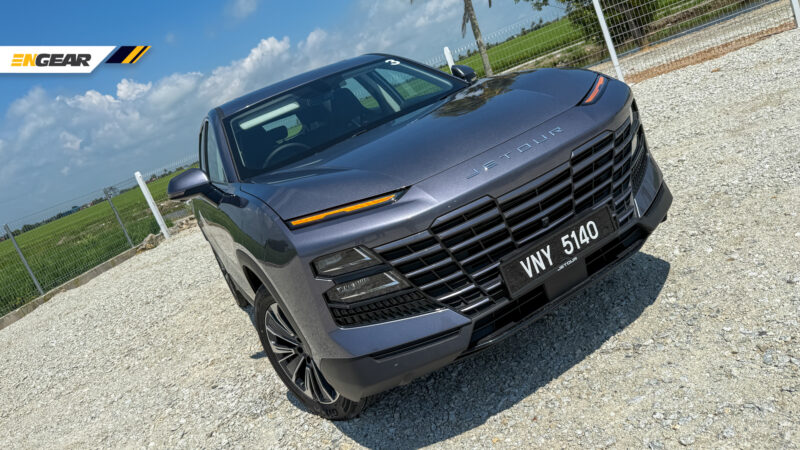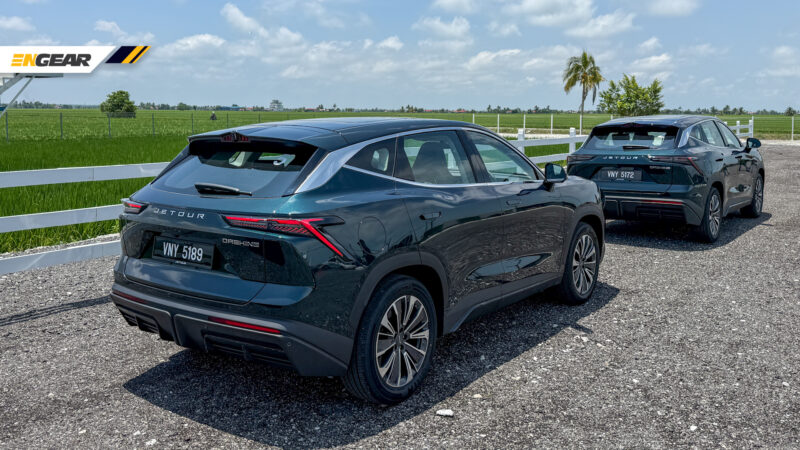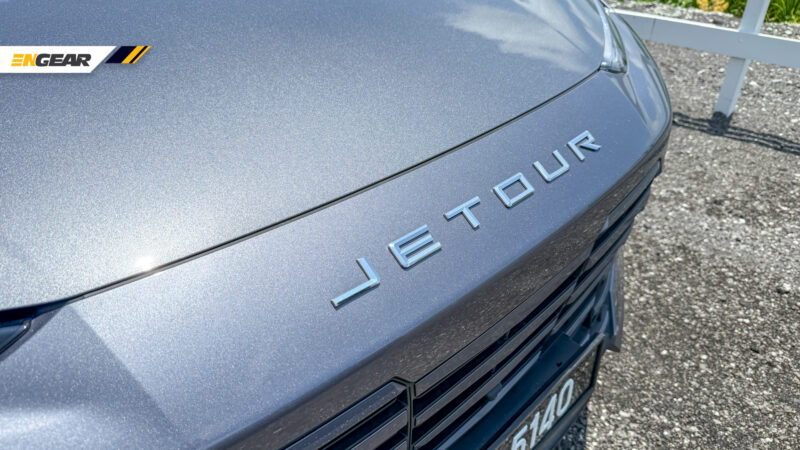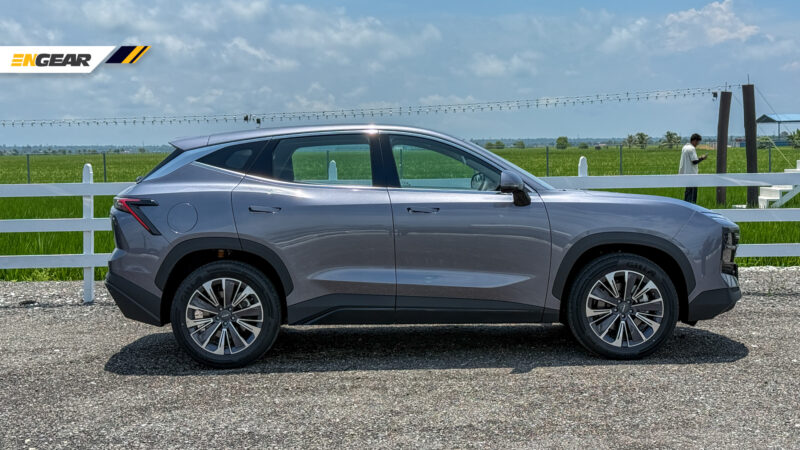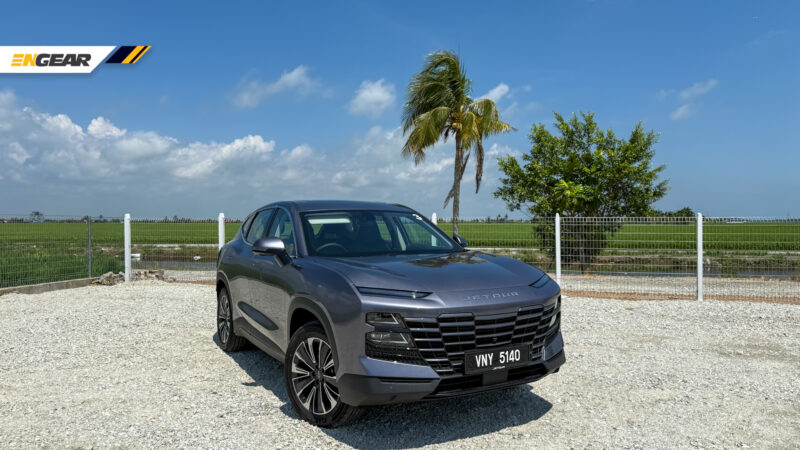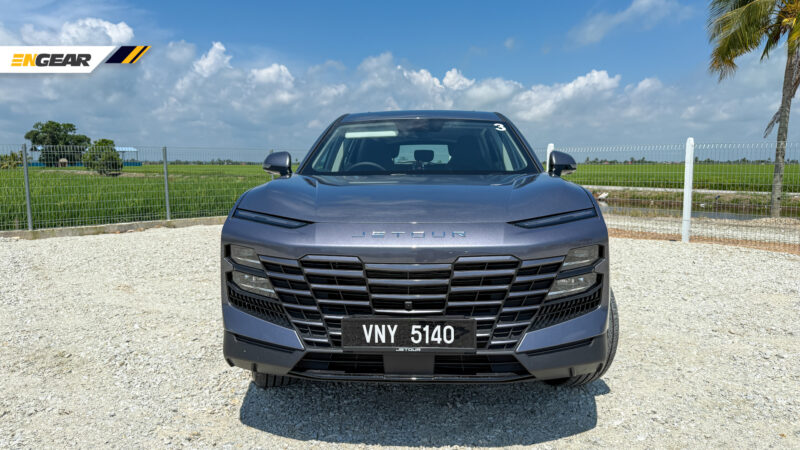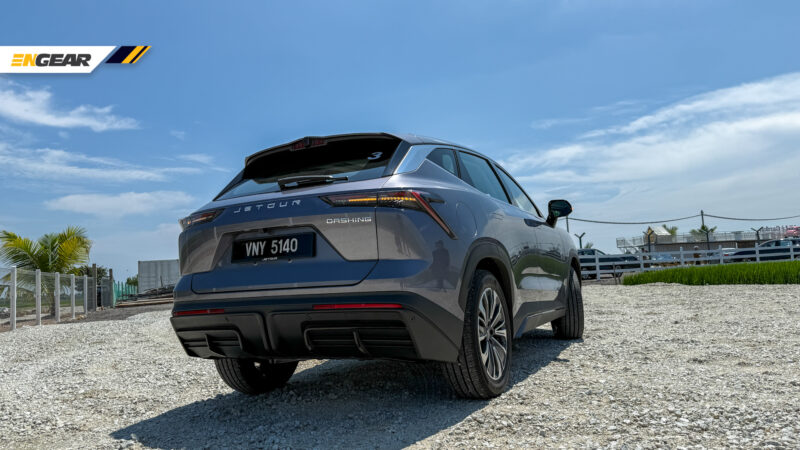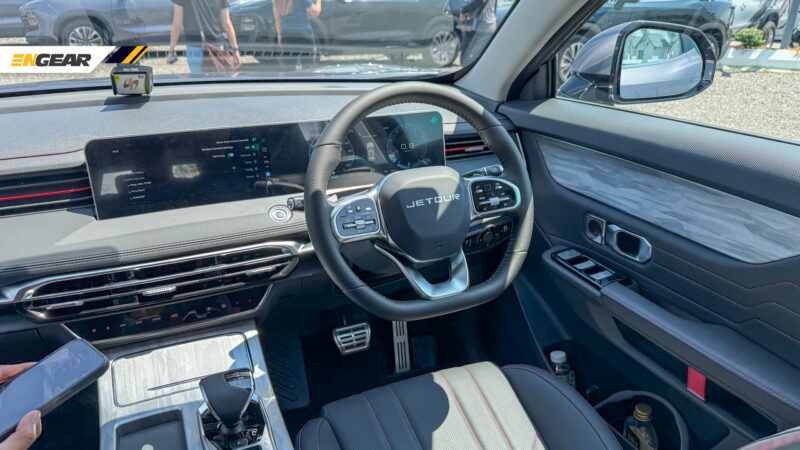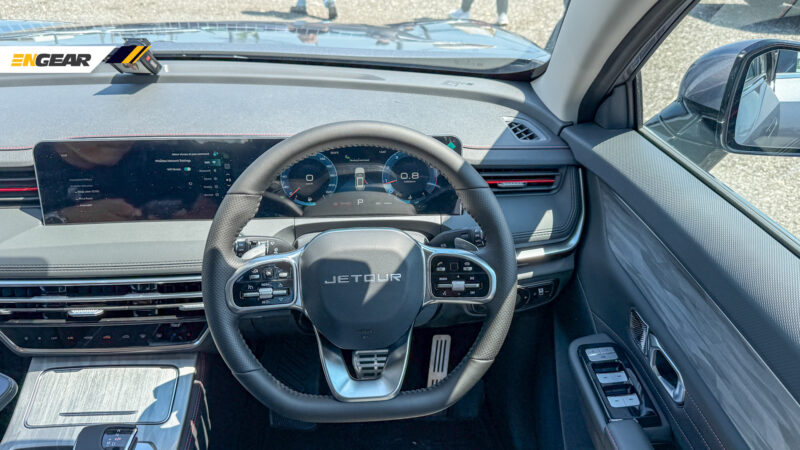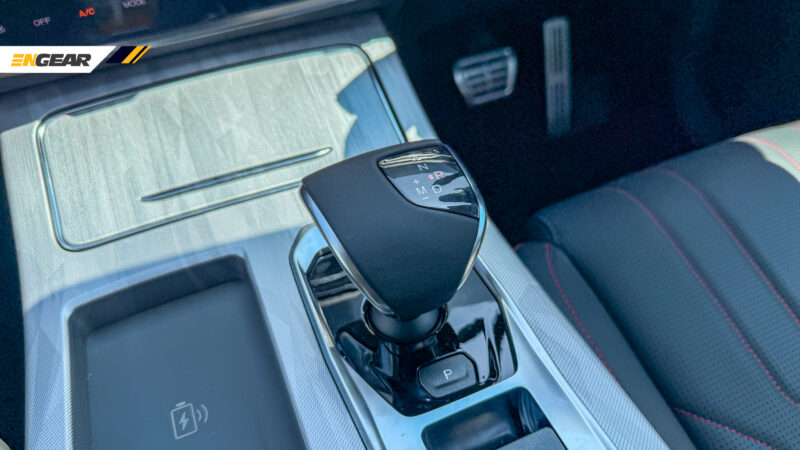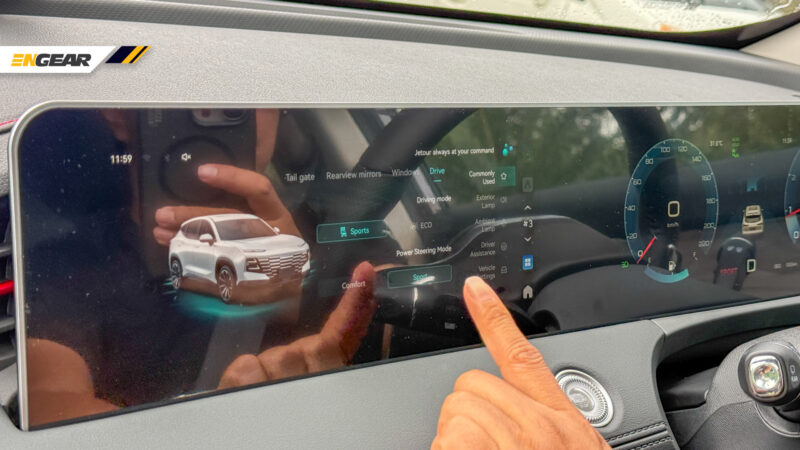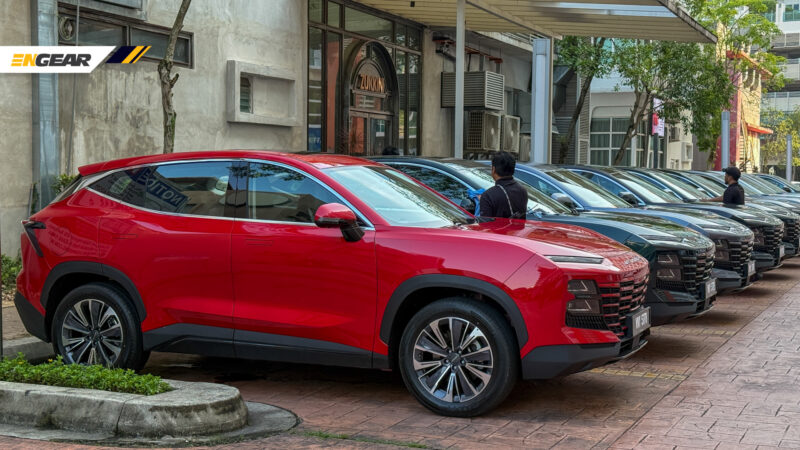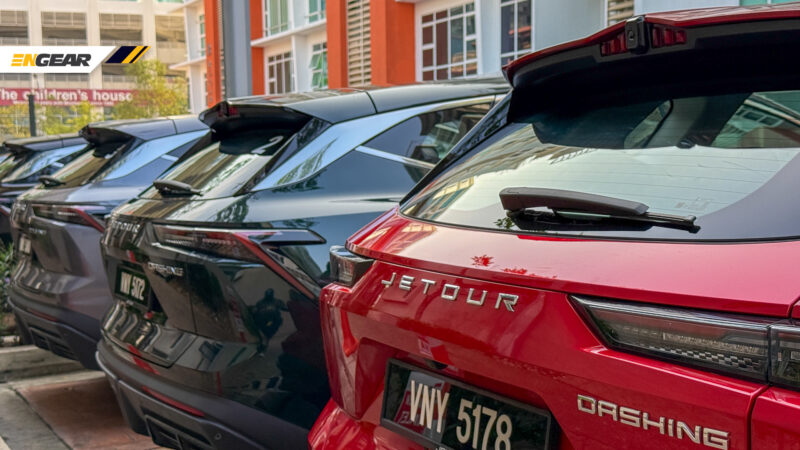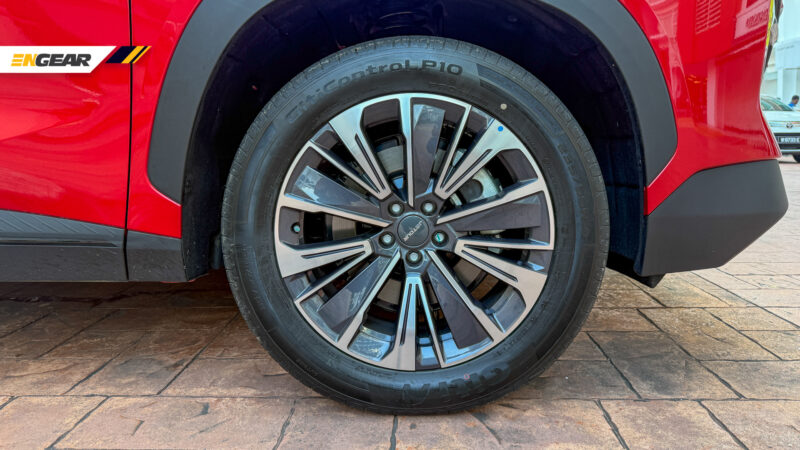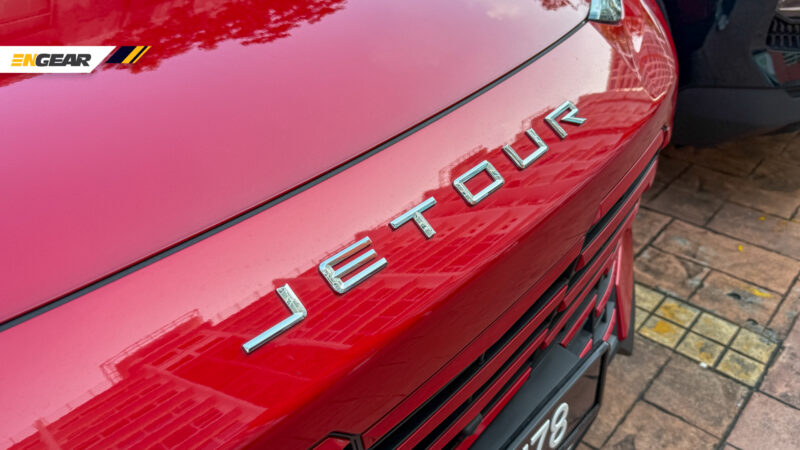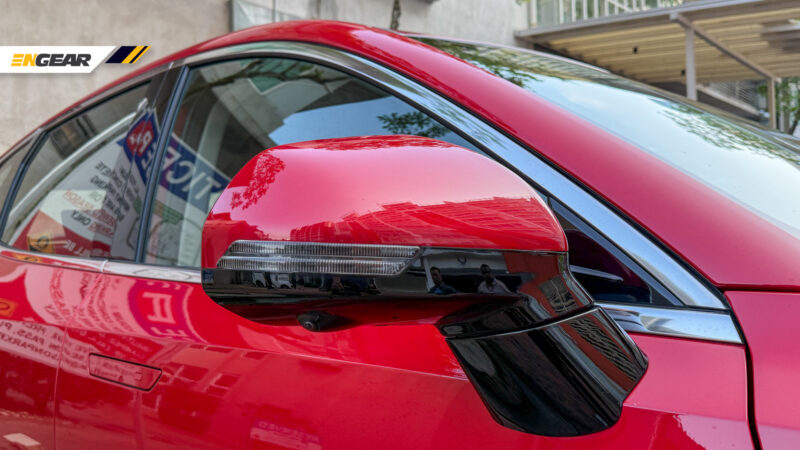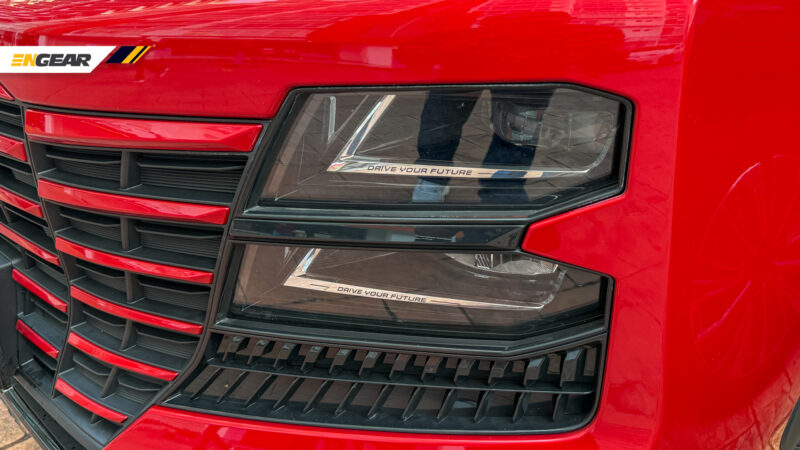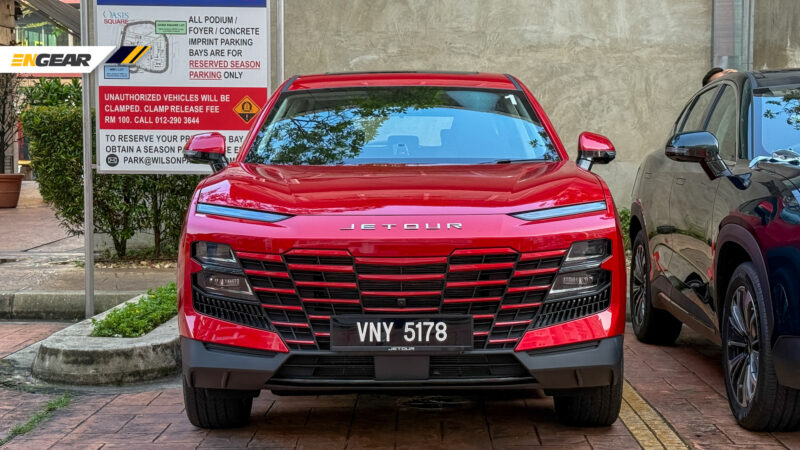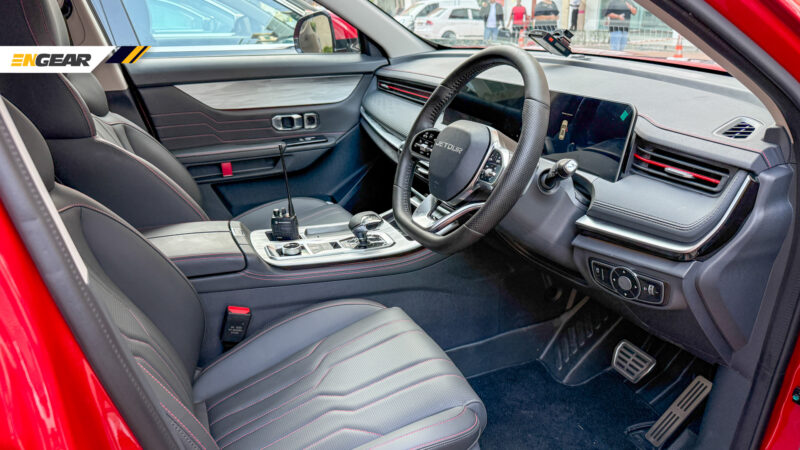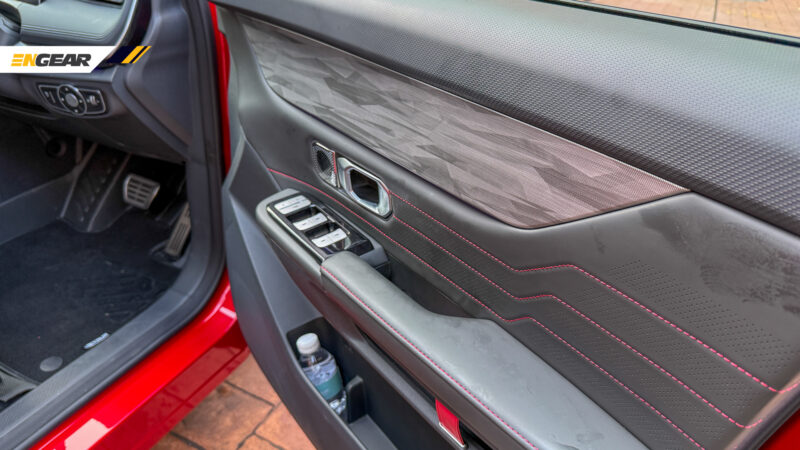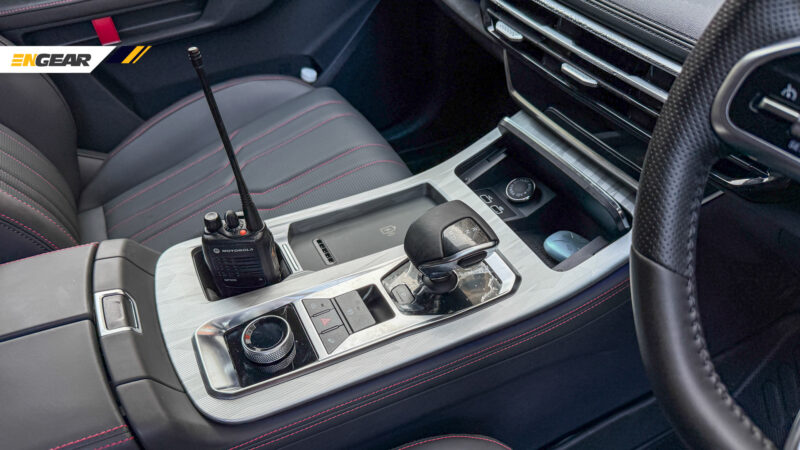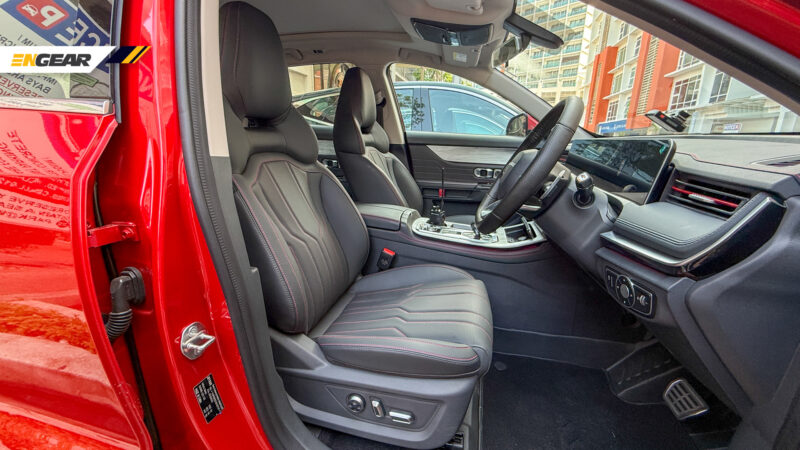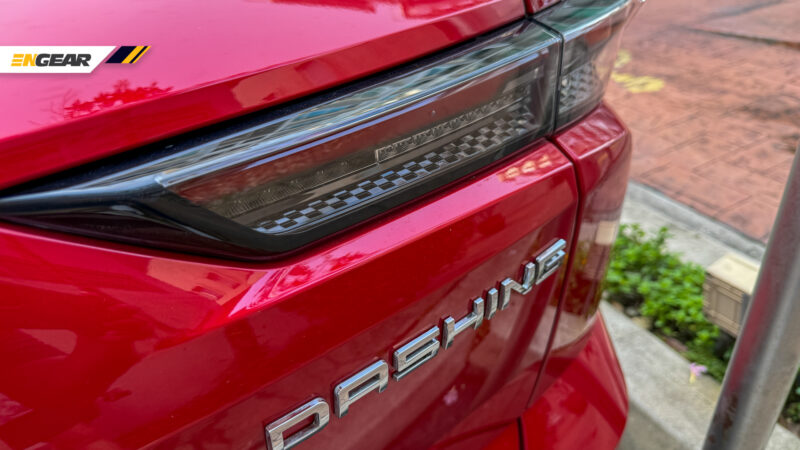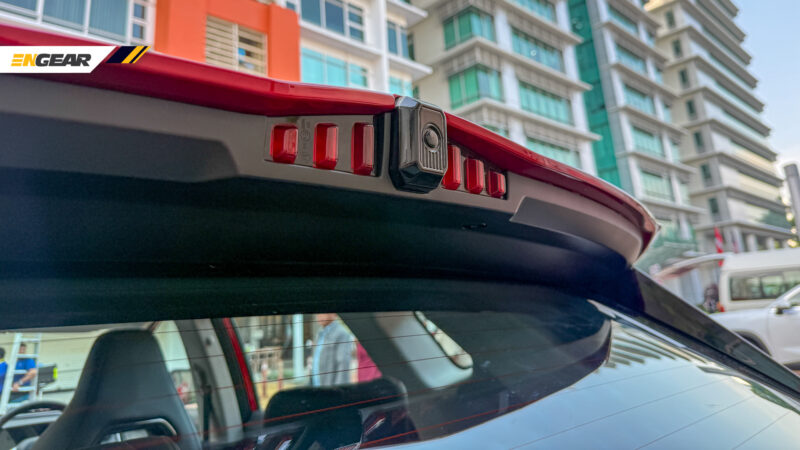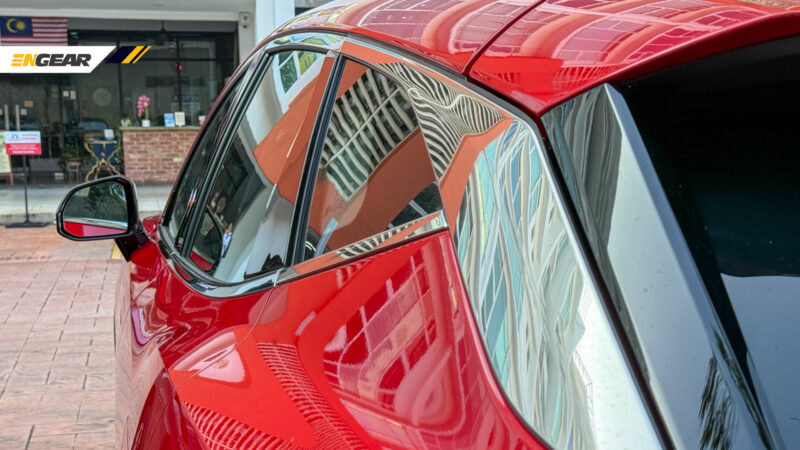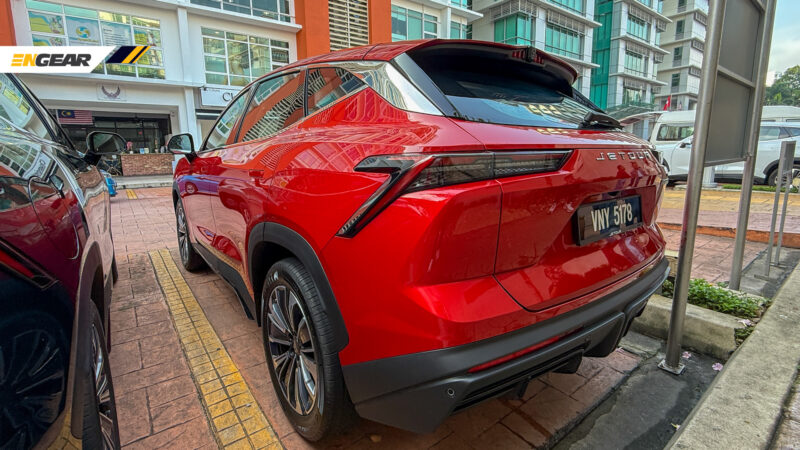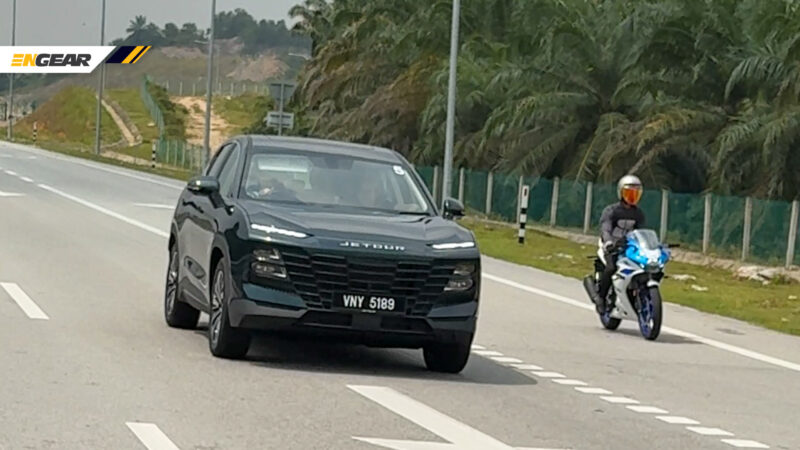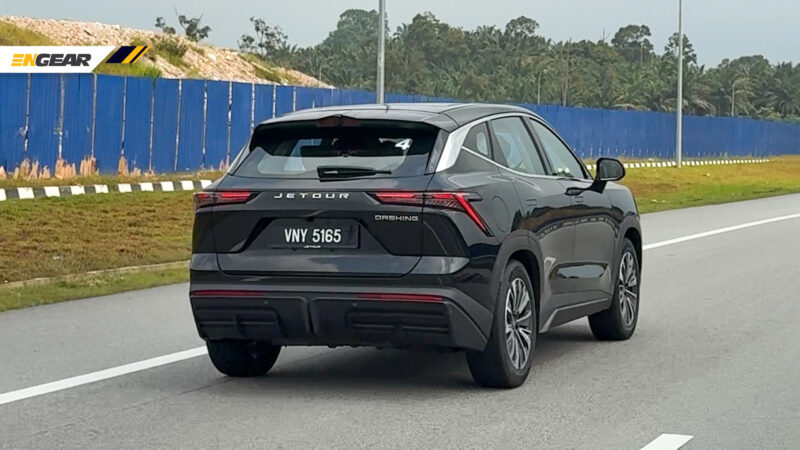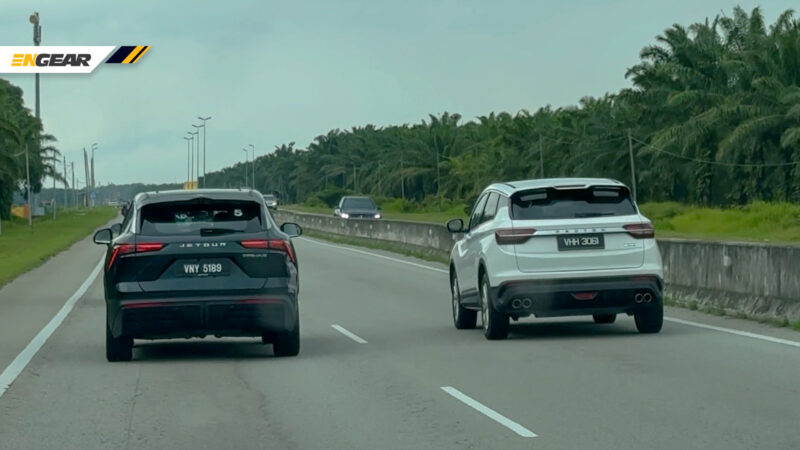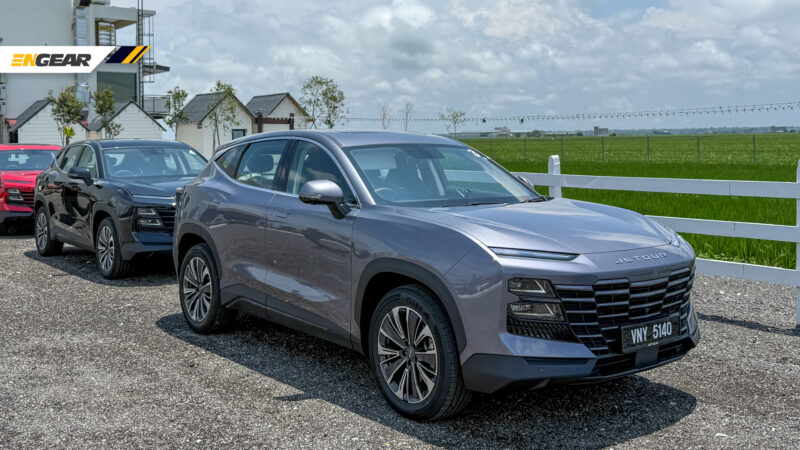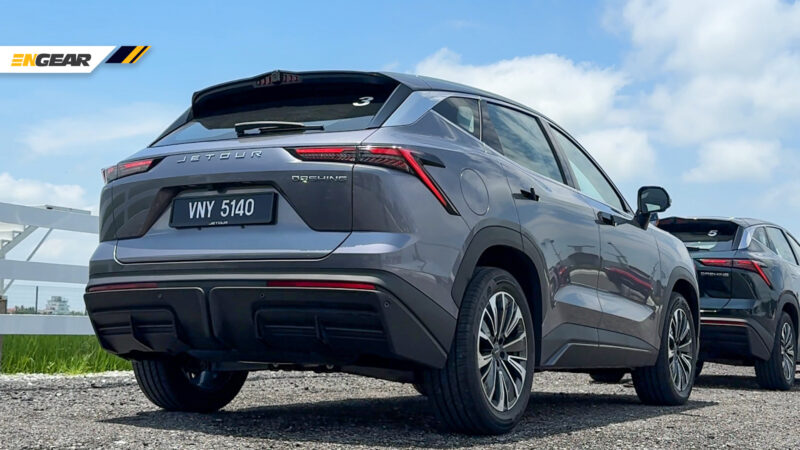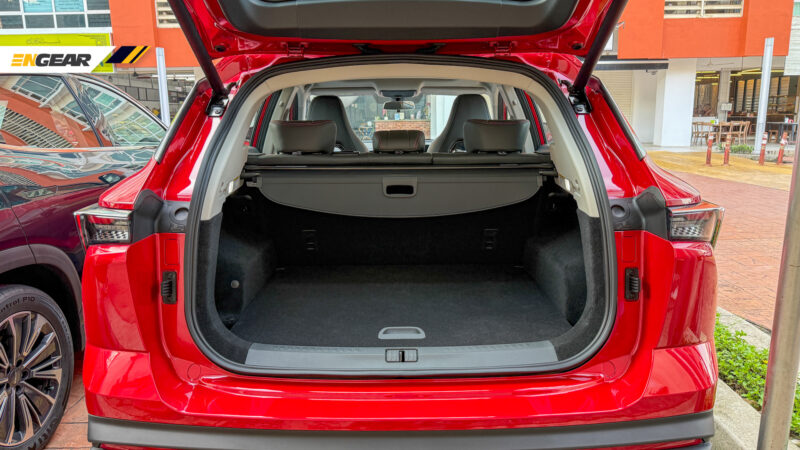Five things you need to know about the Jetour Dashing – First Drive
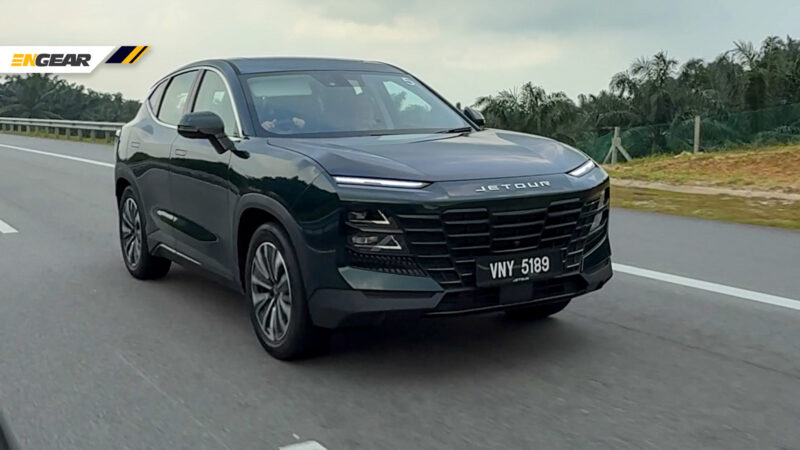
On April 9, 2025, another automotive brand from Mainland China made its official debut in the Malaysian market, namely Jetour.
For the readers’ information, Jetour is one of the brands under the large Chery group, focusing on crossover and SUV models for small families and young buyers.
However, Jetour Malaysia is operated by a different entity, so this new brand indirectly poses a challenge to Chery and its premium sub-brand, Jaecoo.
The first model launched for the Malaysian market is the Jetour Dashing, a C-segment SUV with a captivating appearance and a competitive price tag.
In Malaysia, the Dashing, or Dàshèng, which means “monkey king,” is set to compete with well-known C-segment SUVs such as the Honda CR-V, Proton X70, and Toyota Corolla Cross.
With a selling price below RM120,000, can the Jetour Dashing serve as a better alternative?
Here’s our early review based on a brief test drive from Ara Damansara to Sekinchan.
Exterior
While most models in the C-segment SUV category here have rather safe yet boring designs, the Jetour Dashing arrives to break that tradition with a bolder and more prominent design.
Should we call it eclectic?
This is because the Dashing showcases a blend of imagery reminiscent of luxurious SUVs like the Lamborghini Urus, featuring daytime running lights (DRLs) that evoke Iron Man’s eye, a sporty coupe SUV profile, and a rear with chequered flag elements.
In our view, to enhance the sporty image of this SUV, the chrome elements on the sides could be darkened, and the exhaust tips should not be hidden behind that aggressive diffuser.
Some might argue that the Jetour Dashing has hints of Porsche SUV elements.
Your viewpoint has merit.
This is because the design of the Jetour Dashing is crafted by Hakan Saracoglu, a former Porsche designer responsible for significant models such as the 918 Spyder, Boxster, and Cayman.
The result is a C-segment SUV with a design that truly captures attention on the road, clearly setting it apart from competing models that possess a more family-oriented SUV image.
Interior
The layout of the Jetour Dashing’s dashboard follows the typical setup found in any Chinese-made SUV, particularly from the larger Chery family.
According to Jetour, the Dashing employs a ‘wrap-around’ approach that adapts elements from traditional Chinese house designs, followed by touches of German luxury cars dominating that area, as seen in the steering wheel and engine start button.
There is a dual-screen setup housing a 10.25-inch digital cluster and a 10.25-inch infotainment screen, with specific controls for the air conditioning system located below the central vents.
For the driver and front passenger, bucket-style seats provide a sporty theme that matches the overall concept.
These front seats can hold the body firmly, preventing side slips, although the design might be a bit tight, particularly for larger individuals.
One commendation must go to the Dashing for offering second-row seats that are surprisingly plush and comfortable, while also not providing an overly upright seatback angle.
Even though the exterior of this coupe-style SUV may seem compact, there is still ample headroom, as well as a flat floor structure providing additional legroom.
Indeed, sitting in the back feels more comfortable and satisfying (and accommodating for a full stomach) during the trip back to Ara Damansara, thanks to a cabin that remains quiet without external noise intrusion.
You only need a bit of patience to enjoy the cold airflow from the second-row vents, which can be challenging to adjust for directional airflow.
For passenger convenience, there are several available USB charging ports and a 50W wireless charging slot located on the center console.
Inside the Dashing cabin, you can also experience the unique feature of storing small umbrellas in special compartments located on each door panel, reminiscent of a Rolls-Royce!
Returning to the driver’s seat, we found the digital cluster display easy to read; however, it is equipped with somewhat slow graphical responsiveness.
This can be noticeable during acceleration phases, where the RPM needle movement is not smooth and does not synchronize with the engine’s roar when the accelerator pedal is pressed.
Additionally, you need to access the driving mode options (Eco/Sport) through the central screen since no special function button is provided for that.
Driving Experience
The Jetour Dashing is powered by a 1.5-liter inline-four turbo engine that produces 154 hp and 230 Nm of torque. Yes, it is the same engine used in the B-segment Chery Omoda 5 SUV.
The power is transmitted to the front wheels via a six-speed dual-clutch transmission.
On paper, it seems powerful; however, in the real world, we find it difficult to achieve an exhilarating response for smooth acceleration from a standstill in this SUV.
In fact, during the acceleration test, the Jetour Dashing struggles to compete with the performance shown by B-segment SUVs that often dominate the right lanes of highways.
So, who is the Jetour Dashing for?
In our opinion, the Jetour Dashing, with its Urus-like appearance, is more suited for those who prefer a more relaxed driving experience and are not in a hurry to chase traffic lights as they turn red. It doesn’t need to be driven fast to attract attention.
The stopping aspect is also commendable; however, in terms of handling, the Dashing may disappoint some who are expecting an exciting driving experience from this sporty-looking SUV.
This is because the MacPherson and Multilink suspension tuning on the Dashing is more inclined to provide a comfortable ride all the time, successfully absorbing all forms of bumps and road irregularities without causing significant jolts.
In simple terms, it is not designed for aggressive driving.
The steering response is light and easy to control, although it lacks the feedback and input you might seek, especially when navigating bends.
What we like about the Jetour Dashing is its commendable noise, vibration, and harshness (NVH) levels, where wind noise and engine roars are effectively filtered to keep the cabin quiet throughout the journey.
Safety Features Could Be Improved
As standard, the Jetour Dashing comes equipped with four airbags, an anti-lock braking system (ABS), Electronic Brake Distribution (EBD), Brake Assist, Electronic Stability Control (ESC), and Traction Control System (TCS).
Switching to the Prime variant that we tested, you will receive additional features, including two extra airbags (for a total of six) and basic driver assistance (ADAS) features such as lane departure warning, blind-spot monitoring (BSM), rear cross-traffic alert (RCTA), and a surround-view camera system.
Unfortunately, this Prime variant does not come standard with autonomous emergency braking (AEB) functionality, which is a significant shortcoming for a new model being sold in 2025.
Jetour Dashing: For Whom?
In a market already flooded with various family SUV models, we believe that the Jetour Dashing is more suited for those seeking a stylish SUV at a more affordable price.
It not only boasts an attractive design but also offers a spacious cabin that is comfortable for the entire family, practical, and loaded with modern features.
Most importantly, with a selling price of RM116,800, you may think twice about previously considering a more expensive competitor model.
Specifications for the 2025 Jetour Dashing
- Engine: 1.5-liter inline-four turbo
- Power: 154 hp, 230 Nm
- Transmission: Six-speed dual-clutch
- Drivetrain: Front-wheel drive
- Suspension: MacPherson strut front, Multilink rear setup
- Cargo space: 486 liters, expandable to 977 liters
Someone who loves driving manual cars but prefers riding an automatic scooter. Maybe it's an age thing.






